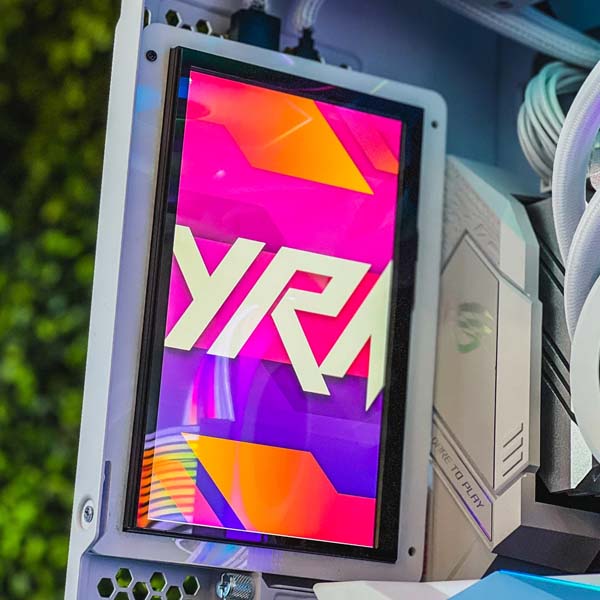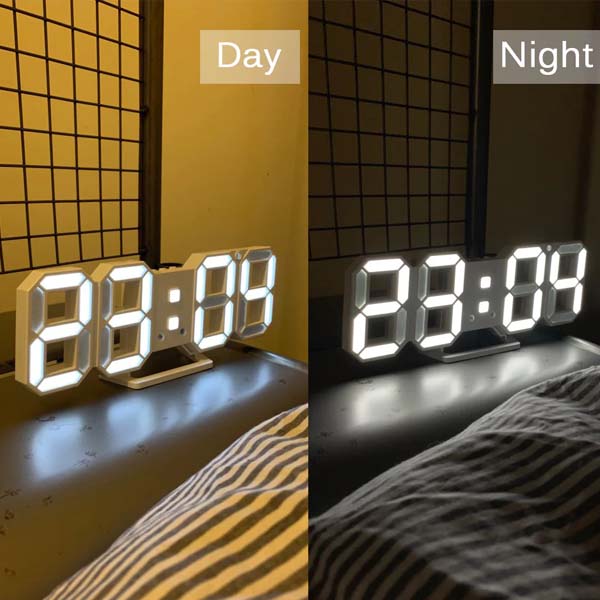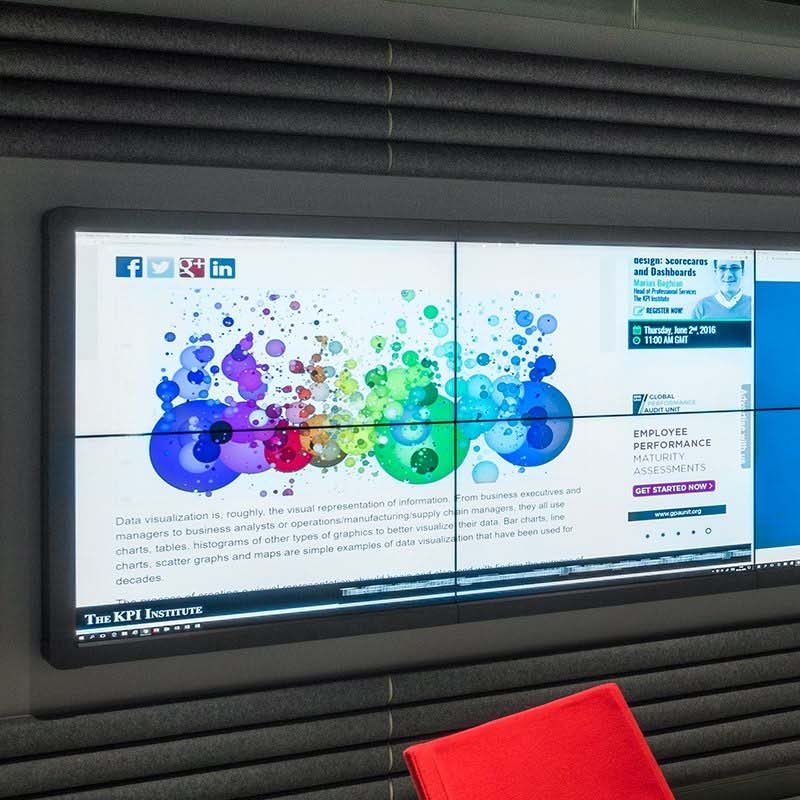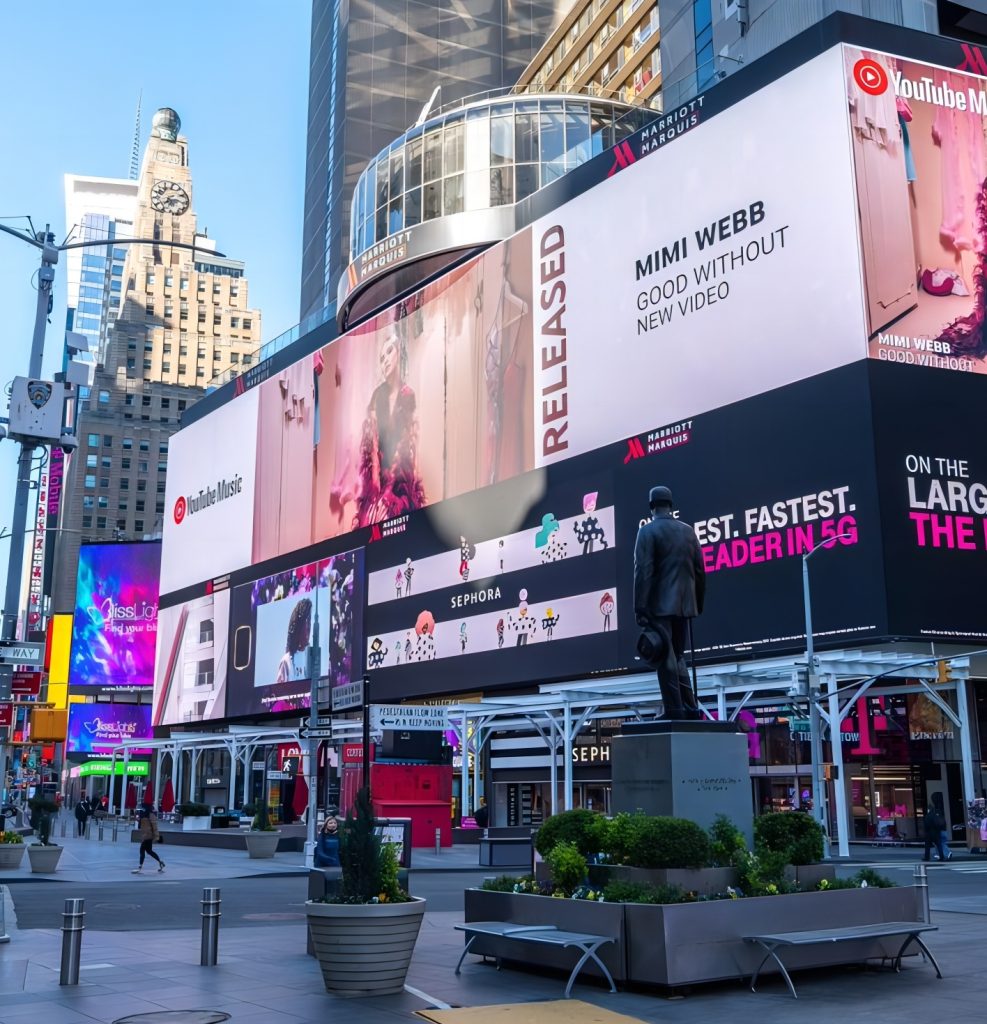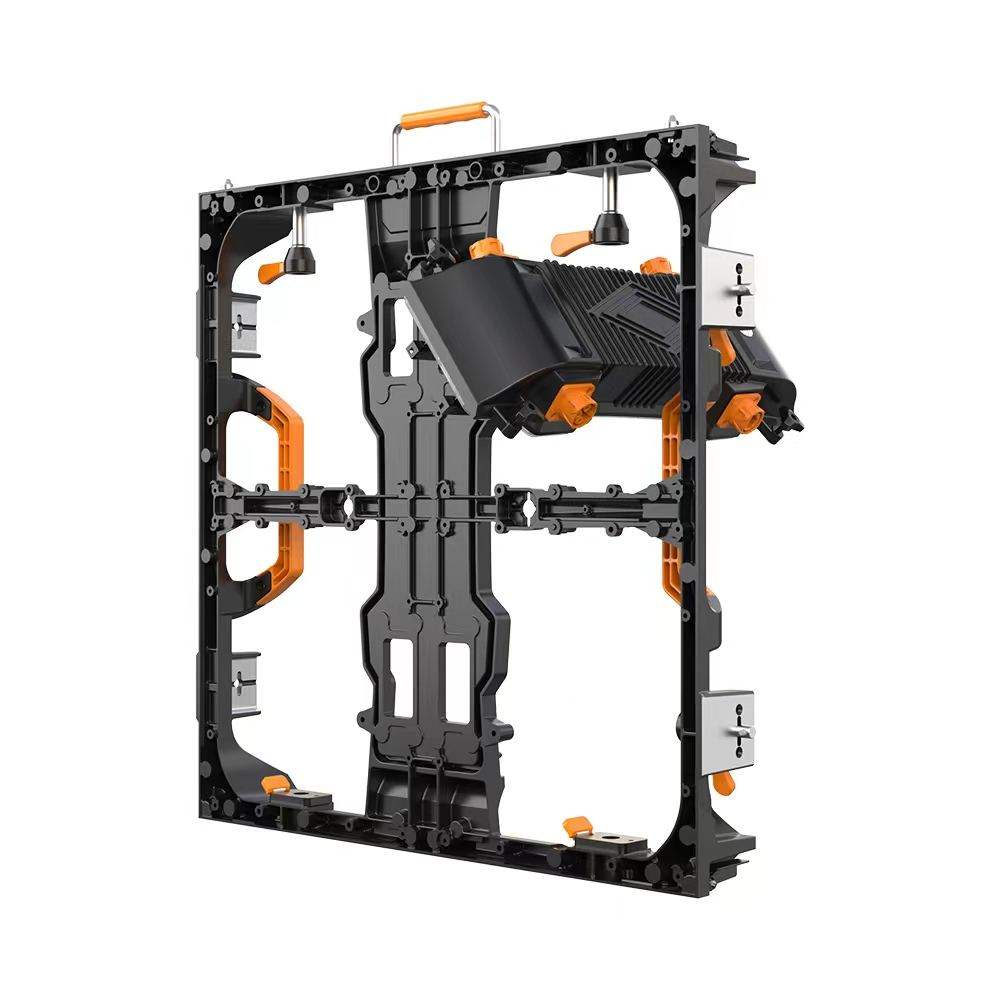In the era of rapid information dissemination, outdoor LED displays have become a remarkable presence in urban landscapes and commercial promotions, thanks to their strong visual impact and high – efficiency information – presenting capabilities. Whether in bustling commercial centers or busy traffic thoroughfares, they can capture the attention of the public and accurately convey various types of information. Now, let’s explore the world of outdoor LED displays in depth.
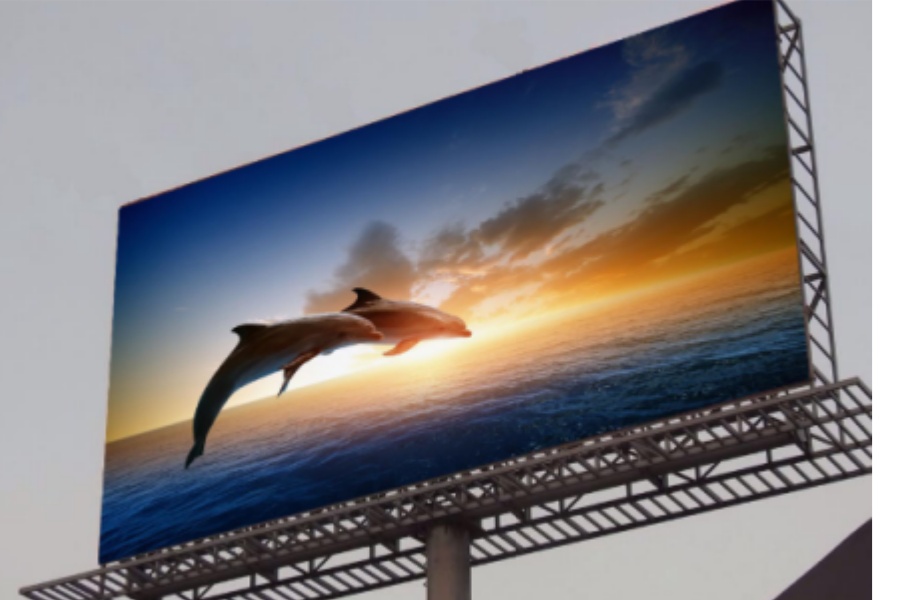
What is an Outdoor LED Display?
An outdoor LED display is a large – scale electronic display device specifically designed for outdoor environments. Its core display unit consists of light – emitting diodes (LEDs). These small yet powerful LED lamp beads form pixel points through precise arrangement and circuit connection. When an electric current passes through, the LED lamp beads emit light, and different combinations of colored lamp beads can present a rich variety of images and text information. To adapt to the complex and harsh outdoor environment, outdoor LED displays undergo special treatment in design and manufacturing. It features a high – strength, corrosion – resistant metal housing, such as aluminum alloy, which is not only lightweight and sturdy but also effectively resists wind, sunlight, and rain. Meanwhile, through the use of sealing rubber strips and waterproof techniques, the display can achieve a relatively high waterproof rating, generally above IP65, enabling it to operate normally in heavy rain. Additionally, it is equipped with an efficient heat – dissipation system to deal with the heat generated by the long – term operation of LED lamp beads, ensuring the stable operation and long service life of the display.
Characteristics of Outdoor LED Displays
High Brightness and High Contrast: The brightness of outdoor LED displays typically reaches over 5000 cd/㎡, and in some special scenarios, it can even reach 10000 cd/㎡. This allows it to clearly display images in outdoor environments with direct sunlight, attracting the attention of passers – by even during the day. Moreover, high – contrast technology makes the bright parts of the image brighter and the dark parts darker, enriching the color levels and presenting a vivid and realistic visual effect.
Wide – angle Display: It has a wide viewing angle. Both the horizontal and vertical viewing angles generally reach over 160°. This means that viewers can obtain a relatively consistent visual experience from different angles, without issues such as image distortion or color deviation, facilitating information access for audiences in various positions.
Long Lifespan and Stability: By using high – quality LED lamp beads and advanced manufacturing processes, the average time between failures (MTBF) of outdoor LED displays is relatively long, usually over 50,000 hours. Its stable performance enables it to operate continuously in various harsh environments, reducing maintenance costs and downtime, and providing a reliable guarantee for the continuous dissemination of information.
Flexible Display Content and Size: It can easily display various forms of content such as static pictures, dynamic videos, and real – time data according to user needs, and can be updated and switched in real – time through the control system. In terms of size, it offers great flexibility. It can be made into small single – piece displays for store signs or small – scale advertising, or assembled into super – large – size displays for large – scale outdoor advertising, live sports events, etc.
Applications of Outdoor LED Displays
Commercial Advertising Promotion: In urban commercial centers, shopping malls, and commercial streets, outdoor LED displays are important tools for businesses to carry out advertising. They can showcase exquisite product pictures and vivid advertising videos, attracting consumers’ attention and enhancing brand awareness and product sales. For example, well – known brands often play their latest product advertisements on LED displays in prime locations, captivating passers – by with stunning visual effects.
Traffic Information Display: In transportation hubs like airports, railway stations, bus stations, and subway stations, outdoor LED displays are used to present flight information, train schedules, traffic guidance, etc., enabling passengers to promptly obtain travel information and plan their trips reasonably. Also, on traffic arteries such as highways and urban main roads, LED displays are installed to release real – time traffic conditions, traffic control information, etc., ensuring smooth and safe traffic.
Live Sports Events and Activities: Outside sports stadiums or at large – scale event sites, outdoor LED displays can broadcast live game footage or event scenes, allowing audiences who can’t enter the venue to experience the lively atmosphere. For instance, during major sports events like the Olympics and the World Cup, large LED displays are set up in some city squares to broadcast the events, attracting numerous citizens to watch.
Precautions for Outdoor LED Displays
Installation and Maintenance: During installation, ensure that the display is firmly installed to prevent safety accidents caused by the display falling due to natural factors like strong winds. Also, choose a suitable installation location, taking into account the display’s heat – dissipation, waterproofing, and light – proofing. In daily maintenance, regularly check the display’s appearance, brightness, color, etc., and promptly clean the dust and stains on the display surface to ensure its normal operation.
Content Management and Compliance: When publishing display content, pay attention to its legality, accuracy, and timeliness. Avoid releasing false, illegal, or outdated information. At the same time, reasonably arrange the content’s playing time and frequency to avoid causing unnecessary interference to the surrounding residents and the environment.
Energy Conservation and Environmental Protection: Outdoor LED displays consume a significant amount of power, so energy conservation should be considered during use. Intelligent dimming technology can be adopted to automatically adjust the display’s brightness according to changes in ambient light, reducing energy consumption. In addition, when disposing of the display at the end of its life, pay attention to environmental protection and properly handle the waste display and components to avoid environmental pollution.
Methods to Improve the Efficiency of Urban Public Information Dissemination Using Outdoor LED Displays
Reasonable Layout Planning: Based on factors such as urban population density, traffic flow, and functional areas, reasonably install displays in places where citizens are active, such as squares, bus stops, and subway stations with high foot traffic, to ensure that the information can reach a wider audience.
Unified Information Management: Establish a unified information – release platform to centrally manage and review public information, ensuring the accuracy, timeliness, and authority of information release and avoiding information chaos and conflicts.
Optimized Information Content: Categorize and organize public information, such as traffic information, weather warnings, and government announcements, and present it in a concise and clear manner. At the same time, use various forms like pictures, texts, animations, and videos to enhance the information’s readability and attractiveness.
Formulate a Playback Plan: According to different time periods and scenarios, reasonably arrange the information playback content and frequency. For example, focus on broadcasting traffic condition information during rush hours and increase the intensity of warning information broadcasts before the arrival of extreme weather.
Interaction with Citizens: Utilize the display to set up interactive functions. For example, citizens can participate in questionnaires and submit suggestions by scanning QR codes, enhancing their sense of participation and attention to public information.
Integration with New Technologies: Leverage technologies such as the Internet of Things and big data to achieve intelligent information push and precise dissemination. For example, based on the arrival time of buses, real – time bus – related information can be pushed to the displays at bus stops.
Strengthen Maintenance Management: Establish a professional maintenance team to regularly inspect and maintain the displays, ensuring their normal operation. Also, update the software and systems in a timely manner to improve the stability and efficiency of information dissemination.
Prices of Outdoor LED Displays
The price of outdoor LED displays is influenced by factors such as the quality of LED lamp beads, the size and resolution of the display, the brightness level, the performance of protection and heat – dissipation, brand influence, the complexity of installation and after – sales service, and market supply and demand. If you want to know more specifically, you can consult KSSDISPLAY. Our experienced staff will communicate with you and provide you with a detailed inquiry and quotation experience.
Outdoor LED Displays Suppliers
KSSDISPLAY is a professional integrated solution provider for LED displays. We are engaged in the research, sales, and service of Harley Di fixed LED displays, outdoor fixed – billboard LED displays, and indoor and outdoor rental LED displays. We offer a wide variety of indoor transparent LED screens. If you are interested, you can contact us for inquiries and price quotes.

